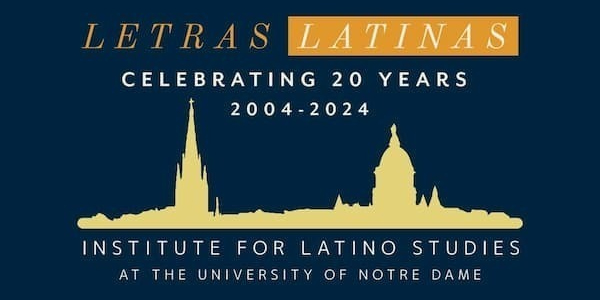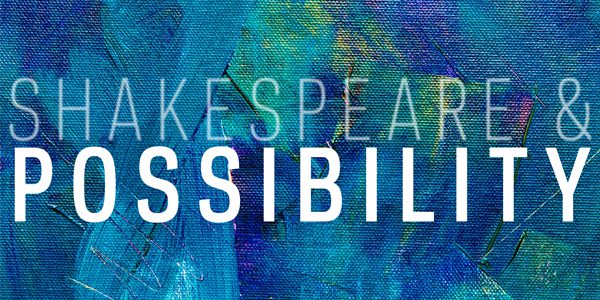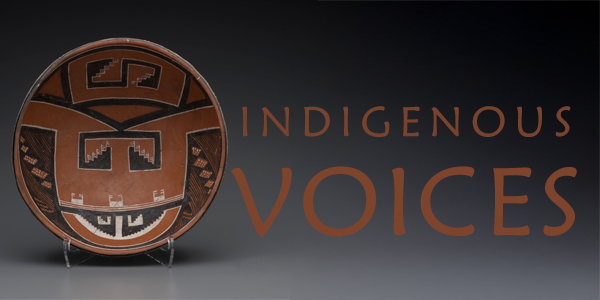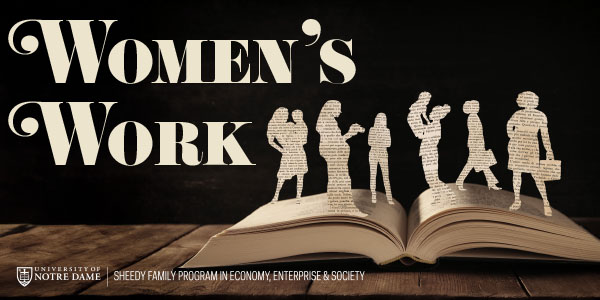In this richly layered lecture, Professor Paolo Coen examined the Vittoriano monument in Rome not merely as architecture, but as a symbol of the national imagination, political tension, and artistic identity of modern Italy. Designed to honor Victor Emmanuel II—the first king of a unified Italy—the Vittoriano is more than marble and bronze. It is a statement of power, a response to rising nationalism, and a deliberate effort to position Italy on par with other European empires through a crafted architectural language.
Coen traced the monument’s conception back to the political urgency of the 1870s. In a fragmented and newly unified nation, Italy needed symbols to unify its people—and the monument became a physical assertion of loyalty to the monarchy, meant to stand tall against internal threats from anarchists, the Vatican, and Bourbon loyalists. The chosen architect, Giuseppe Sacconi, designed in a style rooted in Renaissance grandeur, intentionally evoking figures like Bramante and Palladio. This Neo-Renaissance vocabulary wasn’t just aesthetic—it was ideological. It embodied a rebirth of Italian pride and a visual assertion of cultural continuity.
But the Vittoriano’s story doesn’t end with its dedication in 1911. Coen revealed new findings from recent restoration efforts, including the discovery that many bronze elements were originally gilded—an opulent gold-on-white contrast that dramatically redefines how we view the monument today. He also contextualized the role of later contributors like Armando Brasini, whose work under the fascist regime completed significant structural and symbolic components, including the Tomb of the Unknown Soldier and the monumental quadrigas.
Perhaps most compelling was Coen’s reflection on the monument’s contested legacy. Dismissed for decades as pompous or politically compromised, the Vittoriano is slowly being reappraised. Coen argues that it’s time to view it not as nationalist propaganda but as a mirror of Italy’s aspirations and anxieties in a transformative era.







